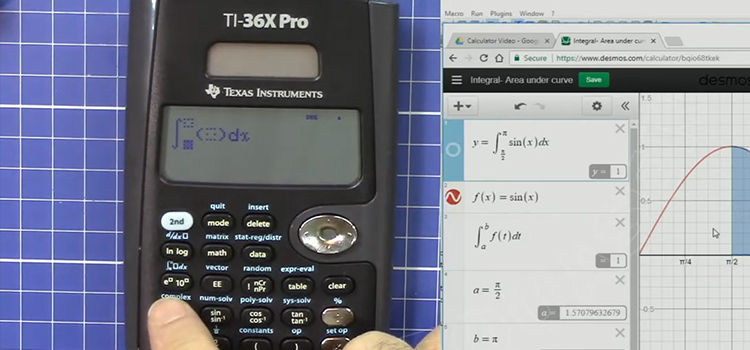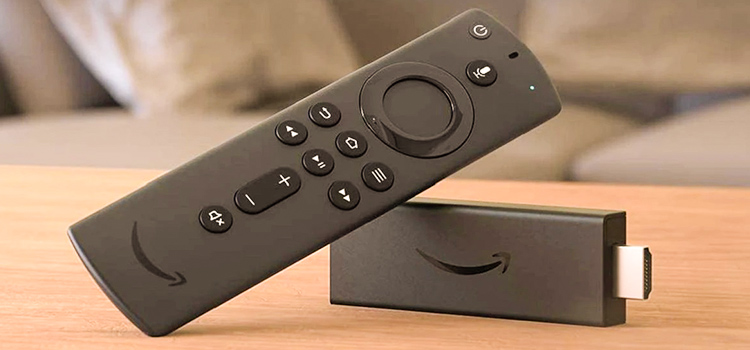Is Fortnite a CPU or GPU Game?
We all know and love Fortnite. It’s the game that has taken the world by storm and captivated millions of players and continues to do so even. However, amidst the hype and popularity, a persistent debate has emerged among gamers and enthusiasts: Is Fortnite more dependent on the CPU or the GPU? This question holds significant importance, as understanding the game’s hardware requirements can greatly impact your overall performance and competitive edge.
And even though many misleading articles on the internet will say it’s a GPU-first game, it’s far from the truth. In reality, Fortnite, like most other online FPS games, is a CPU-intensive game.
In this article, we’ll talk about the CPU vs. GPU debate, exploring the roles of each component and providing actionable recommendations for building a well-balanced system tailored for Fortnite.

System Requirement for Fortnite
We’ve already talked about the importance of CPU for Fortnite. But what does the actual system requirement for Fortnite say? Well, here’s the minimum and recommended system requirements for Fortnite:

Minimum System Requirement for Fortnite:
- Memory: 8 GB
- Graphics Card: Intel HD 4000 or Radeon HD 7870
- CPU: Intel Core i3-3225
- File Size: 15 GB
- OS: Windows 7/8/10 64-bit
Recommended System Requirement for Fortnite:
- Memory: 16 GB
- Graphics Card: NVIDIA GeForce GTX 960 or Radeon R9 280
- CPU: Intel Core i5-7300U or Ryzen 3 3300U
- File Size: 26 GB
- OS: Windows 7/8/10/11 64-bit
However, if you really want to have a decent experience with playable experience in the competitive landscape, aim for at least RTX 2060 and a CPU that’s equal or better to a Ryzen 5 3600, which is the 9th Gen i5 in the case of Intel.
The Importance of High Frame Rates in Fortnite
In the fast-paced and competitive world of Fortnite, high frame rates (FPS) are paramount. A consistent and stable FPS not only enhances visual smoothness but also directly impacts your ability to react quickly and build structures with precision.
Professional Fortnite players often emphasize the significance of high FPS, as even minor stutters or frame drops can mean the difference between securing a victory or facing defeat. Testimonials from top-tier players highlight how maintaining high frame rates allows them to execute split-second decisions, seamlessly transition between building and shooting, and overall, enjoy a more responsive and competitive gameplay experience.
Fortnite’s Dual Dependence: GPU and CPU

While Fortnite is often regarded as a GPU-intensive game due to its visually stunning environments, detailed character models, and demanding graphics settings, it’s crucial to understand that the CPU plays a more vital role in ensuring a smooth and competitive experience.
Fortnite’s vibrant and dynamic world relies heavily on the GPU to render detailed textures, complex lighting effects, and smooth animations at high resolutions and quality settings. A powerful GPU is essential for maintaining high frame rates, especially when playing at higher resolutions or with graphically demanding settings enabled.
However, a weak CPU can quickly become a bottleneck, limiting the overall performance despite having a high-end GPU. Fortnite’s core game mechanics, such as physics simulations, player tracking, and network code (netcode), are heavily dependent on the CPU’s processing power.
Real-world benchmarks and examples consistently demonstrate that even with a top-of-the-line GPU, a lackluster CPU can result in stuttering, frame drops, and an overall sluggish gameplay experience. This is particularly noticeable in intense combat situations or when multiple players are engaged in building structures simultaneously.
On the other hand, with a high-end CPU, the game runs great even when paired with mid-tier GPUs, churning out decent FPS for competitive gaming.
Building a Balanced System for Fortnite
To achieve optimal performance in Fortnite, it’s crucial to strike a balance between your CPU and GPU capabilities. Prioritizing one component over the other can lead to bottlenecks and suboptimal performance, hindering your overall gaming experience.
For casual Fortnite players or those primarily focused on enjoying the game’s visuals, a powerful GPU paired with a decent mid-range CPU can provide an enjoyable experience. However, for competitive players or those seeking the highest frame rates and smoothest gameplay, investing in a high-end CPU and GPU combination becomes essential.
When building or upgrading your system for Fortnite, consider the following recommended specifications:
Casual Play:
- CPU: Intel Core i5 or AMD Ryzen 5 (or equivalent)
- GPU: NVIDIA GTX 1660 or AMD RX 5600 XT (or equivalent)
- RAM: 8GB (16GB recommended)
- Storage: SSD for faster load times
Competitive Play:
- CPU: Intel Core i7 or AMD Ryzen 7 (or equivalent)
- GPU: NVIDIA RTX 2070 or AMD RX 5700 XT (or equivalent)
- RAM: 16GB (32GB for streaming or multitasking)
- Storage: High-speed NVMe SSD
It’s important to note that while these recommendations provide a general guideline, individual performance can vary based on factors such as in-game settings, resolution, and other hardware components like RAM and storage.
Optimizing Fortnite for Performance
Even with a well-balanced system, there are various tweaks and optimizations you can employ to extract maximum performance from your hardware. One of the most effective ways to optimize Fortnite’s performance is by adjusting the in-game settings and graphics options.
For GPU-bound scenarios, where your GPU is the primary bottleneck, lowering settings like texture quality, shadow detail, and post-processing effects can significantly improve frame rates without significantly impacting the overall visual experience.
On the other hand, for CPU-bound scenarios, where your CPU is struggling to keep up, disabling or lowering settings like view distance, anti-aliasing, and effects that rely heavily on CPU calculations can provide a noticeable performance boost.
Additionally, third-party tools and utilities like GPU overclocking software and game boosters can help squeeze out extra performance from your hardware components, albeit with potential risks and stability trade-offs.
Fortnite’s Performance Mode, introduced in recent updates, is specifically designed to offload graphics rendering from the GPU to the CPU, allowing players with weaker GPUs but stronger CPUs to enjoy smoother gameplay. However, it’s essential to have a capable CPU to fully leverage this mode’s benefits.
Frequently Asked Questions
Can I play Fortnite on a laptop or integrated graphics?
While it is possible to run Fortnite on laptops or systems with integrated graphics, the performance will be significantly limited, and you may experience low frame rates and visual quality. For an enjoyable experience, a dedicated GPU is highly recommended.
How much RAM do I need for Fortnite?
A: While Fortnite can run on 8GB of RAM, 16GB or more is recommended, especially for competitive play or multitasking scenarios like streaming or running other applications in the background.
Can overclocking my CPU or GPU improve Fortnite performance?
Overclocking can potentially provide a performance boost in Fortnite, but it also comes with risks of instability and decreased component lifespan. Proper cooling and careful overclocking techniques are essential if you choose to explore this route.
Summing Up
In the ever-evolving world of Fortnite, understanding the delicate balance between CPU and GPU performance is crucial for building a system that caters to your specific gaming needs. By striking the right balance between a powerful GPU for smooth visuals and a capable CPU for handling core game mechanics, you can unlock the true potential of Fortnite and elevate your gaming experience to new heights.
Subscribe to our newsletter
& plug into
the world of technology





